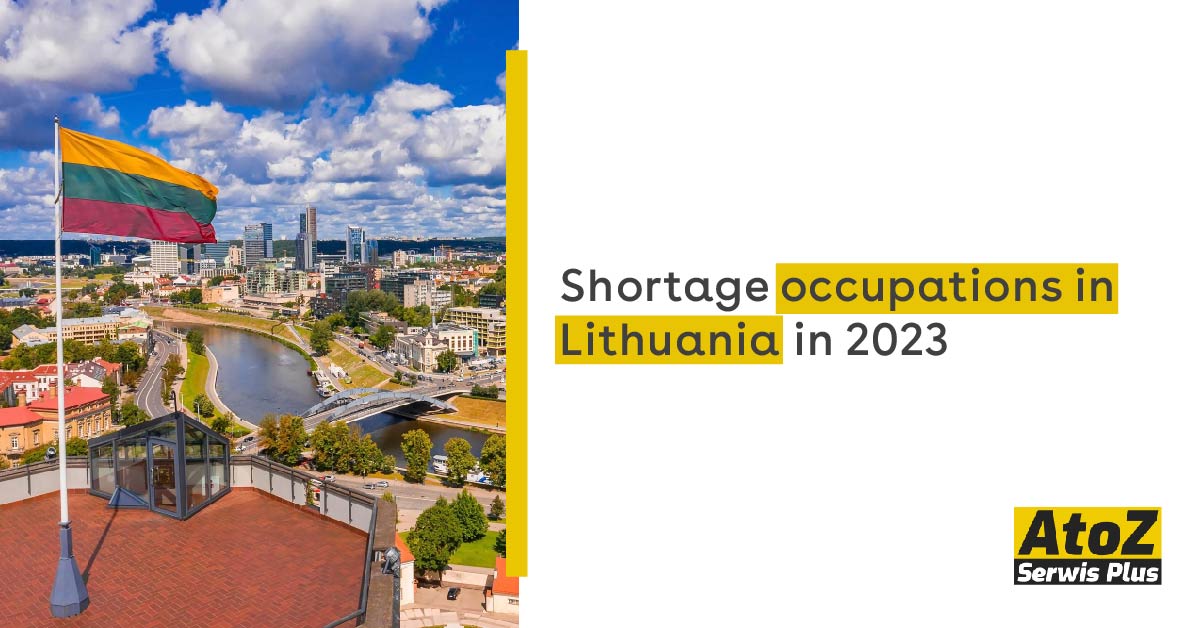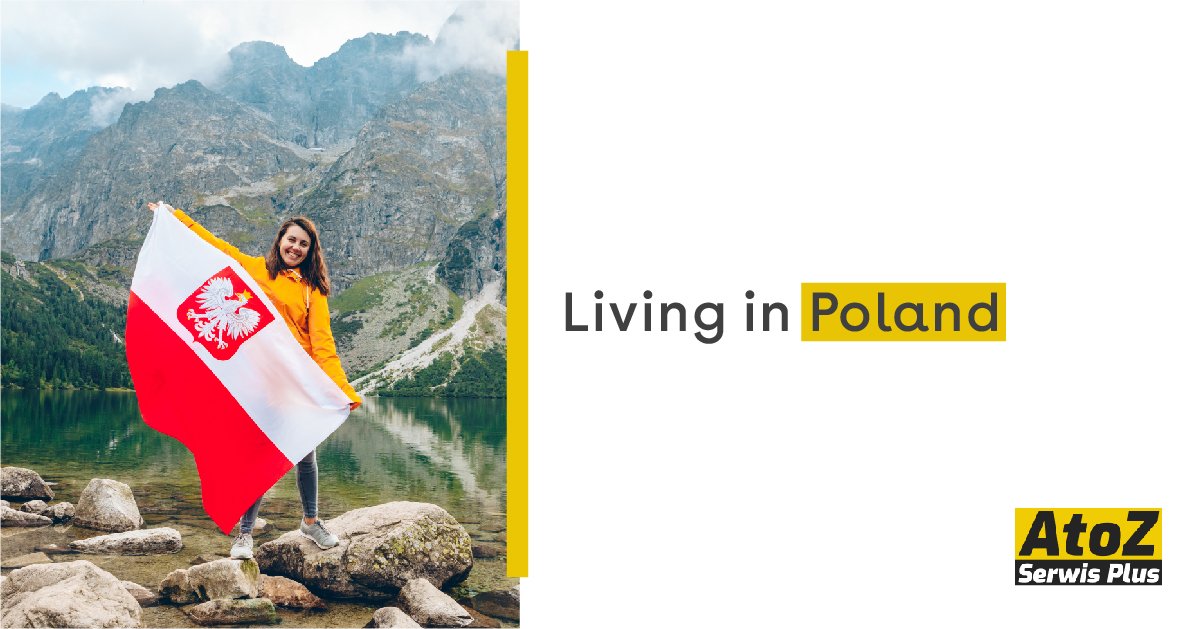How Many Countries Are in Europe?
Europe, a continent rich in history and diversity, is home to 44 recognised countries. This dynamic region offers a blend of cultures, languages, and landscapes, making it one of Earth's most fascinating places.
List of European Countries
Here’s a complete list of the recognised countries in Europe:
- Albania
- Andorra
- Austria
- Belarus
- Belgium
- Bosnia and Herzegovina
- Bulgaria
- Croatia
- Cyprus
- Czech Republic
- Denmark
- Estonia
- Finland
- France
- Germany
- Greece
- Hungary
- Iceland
- Ireland
- Italy
- Kosovo
- Latvia
- Liechtenstein
- Lithuania
- Luxembourg
- Malta
- Moldova
- Monaco
- Montenegro
- Netherlands
- North Macedonia
- Norway
- Poland
- Portugal
- Romania
- Russia
- San Marino
- Serbia
- Slovakia
- Slovenia
- Spain
- Sweden
- Switzerland
- Ukraine
- United Kingdom
- Vatican City
Historical Context
The number of European countries has changed significantly over the centuries due to wars, treaties, and the dissolution of empires. After World War II, Europe underwent a process of decolonisation and the formation of new nations, leading to the current landscape of countries we see today. The breakup of Yugoslavia in the 1990s, for example, resulted in the emergence of several independent states.
Geographical Diversity
Europe is characterised by its diverse geography, which includes:
- Mountains: The Alps, Pyrenees, and Carpathians are some of the most prominent mountain ranges.
- Plains: The Great European Plain stretches across northern Europe and is essential for agriculture.
- Coastlines: With thousands of miles of coastline, Europe boasts beautiful beaches, cliffs, and ports along the Mediterranean, Atlantic, and Baltic seas.
Political Structures
Europe features a variety of political systems, ranging from parliamentary democracies to constitutional monarchies. Some notable political entities include:
- European Union (EU): A political and economic union of 27 European countries that promotes cooperation in trade, legislation, and policies.
- NATO: The North Atlantic Treaty Organization, a military alliance of European and North American countries.
- Schengen Area: A group of 27 countries that have abolished passports and other types of border control at their mutual borders, allowing free movement.
Cultural Richness
Culturally, Europe is incredibly diverse:
- Languages: Over 200 languages are spoken globally, with significant languages including English, French, German, Spanish, and Italian.
- Cuisine: Each country has culinary traditions, from Italian pasta and French pastries to Greek moussaka and Spanish paella.
- Festivals: Europe hosts numerous festivals, such as Oktoberfest in Germany, La Tomatina in Spain, and the Edinburgh Festival Fringe in Scotland, celebrating everything from food to music to art.
Economic Influence
Europe is one of the world’s largest economies, with significant financial centres in cities like London, Frankfurt, and Paris. The continent is crucial in global trade, manufacturing, and finance. The Euro (€) is the common currency used by 19 of the 27 EU member countries, known collectively as the Eurozone.
Conclusion
With 44 countries, Europe is a continent of immense variety, offering many experiences for travellers and residents alike. From its historical landmarks and stunning natural beauty to its vibrant cultures and cuisines, Europe invites exploration and appreciation. Whether wandering through ancient cities, enjoying a culinary tour, or attending a cultural festival, the continent provides endless opportunities to discover its unique charm.


















